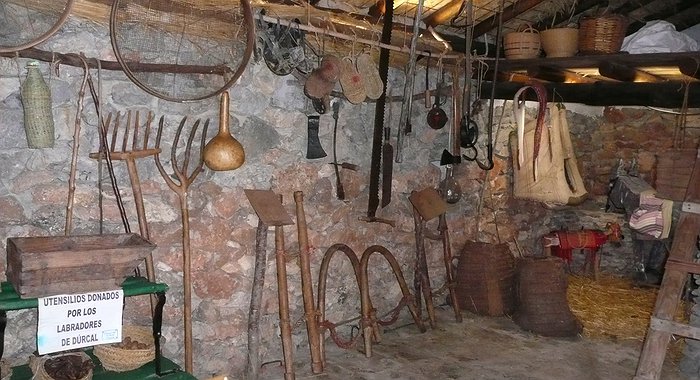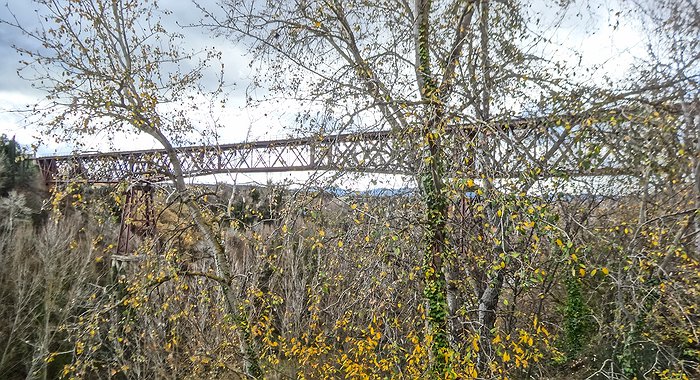I agree Our site saves small pieces of text information (cookies) on your device in order to deliver better content and for statistical purposes. You can disable the usage of cookies by changing the settings of your browser. By browsing our website without changing the browser settings you grant us permission to store that information on your device.
Dúrcal (etymologically, La Perla de la Comarca) located in one of the privileged areas of Granada, the Lecrín Valley, stands on the deep riverbeds that have been excavated by the same river from which it has taken its name. Its mountain range, which belongs to the Sierra Nevada Natural Park, protects it from the cold winds of the North. It is an intermediate step between Granada and the coast.
The origin of Dúrcal takes place during the period of Muslim domination of the Iberian Peninsula, which covers from the 8th century A.D. until the expulsion of the Moors in 1571; becoming a starting point for many families in the direction of North Africa fleeing the Christian siege.
The presence of man in Durango territory dates back to 4000 or 4500 B.C. due to the archaeological remains found (Neolithic vase of clay and mud with incised decoration, some polished stone axes, a flint knife, etc.).
This municipality is organized in five historical quarters: La Plaza, Almócita, El Darrón, La Ermita and Marchena, they welcome their 6,000 durcaleños or durqueños and all those travelers who want to enjoy the many charms and attractions offered by the town.
Its economy is based mainly on the industry and the services sector; although it conserves from its origins the crops dedicated to the fruit trees and the potato.
The beauty of the landscape invites the visitors to make a stopover. The beauty of the "Dúrcal River Valley" will captivate you. "La Sierra", will conquer you to make activities by its numerous routes and to rest in the comfortable rural lodgings and hostels.
The gastronomy of Dúrcal is varied and delicious. Typical meals loaded with tradition, elaborated with the most natural ingredients as, the sour orange and potato soaking, the bread or flour crumbs, the fennel stew, the bean casserole, the bean soup and the beans with ham, the hornazos, the "coloraos" peppers and tomatoes soup, the "collejas" omelette, the "amoragadas" sardines and the fried pumpkin. Diverse desserts such as chestnut stew, porridge, quince jelly, rice pudding, crackling cake and fritters.
Also noteworthy are the products derived from the traditional slaughter: black pudding, sausage, sausage, chorizo and crackling pancakes.
→ San Ramón (August 31) popular celebrations to say goodbye to the summer with a typical verbena.
→ Los Homazos, (Sunday and Monday of Resurrection). A country party is held with family and friends.
→ The festival of San Blas (3 February), in honour of the patron saint, is celebrated with the procession of the image of the patron saint through the streets of the village, a verbena, cucañas, fireworks,...
→ La Romería de San Isidro (15 May) procession of the saint to the fields. Country day accompanied by popular singing and dancing.
→ The Holy Week. The most characteristic part of this Passion Week takes place on the night of Glory Saturday, when the traditional serenades are held where the young men place different types of branches on the balcony of their beloved tree: laurel "which I want to see you" and orange blossom "which I want to marry",...). There is also the traditional hanging of the Judas.
→ La Cruz (3rd May), crosses are erected in the squares of each neighbourhood.
This beautiful municipality in the northeastern part of the Lecrín Valley, allows both the locals and the visitors to carry out activities in indoor and outdoor tracks.
In the Covered Pavilion Carlos Cano you can practice sports like soccer, basketball, tennis,...
Football in the Campo de la Cruz.
Risk sports: bungee jumping on the "Puente de Lata".
Hiking following the many routes offered by the town.
Cycle tourism.
Skeet shooting at the municipal shooting range.
des los autobuses tienen parada en Dúrcal, Hay 5 paradas entre el pueblo de Dúrcal y la Barriada de Marchena

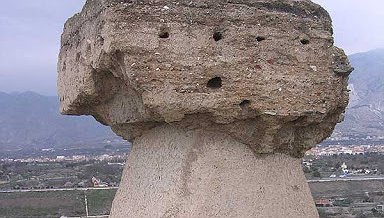
Dúrcal Castle is a fortress from the Muslim period. The archaeological remains have allowed us to date the castle to a period prior to the Nasrid era, although the ceramics found belong to this period.
The enclosure has an irregular polygonal plan, apparently very extensive, and it seems that it occupied two enclosures.
There are still some remains of a wall barely 30 centimetres high, some very deteriorated towers, an access door and a cistern.
In the centre of this northern side there is a large half-buried tower made of tapial on a masonry base. The tower shows a very deficient and strange restoration intervention.
The cistern is attached to the wall, is rectangular shaped and it is located on a level with a height of 1.80 meters and a base of 5 x 2.10 meters. It is covered by a half-barrel vault.
In the vicinity of the cistern, we can see some remains of the entrance door.
The walls are made of masonry with lime and sand mortar. The tower is made of tapial on a masonry base; the cistern is made of plastered masonry and its vault is made of stone slabs.
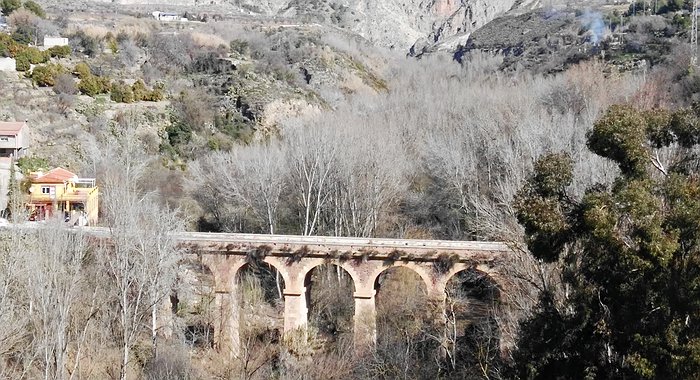
It was built in the middle of the 19th century. At that time, the old royal roads were replaced by more modern and wider roads, where carriages could pass.
This stone bridge was built in the narrowest area of the valley due to the difficulties that even in the last century presented a work of passage. In the same way, not only looking for economy but also for the volume of the work, it is the road that is totally subjected to the bridge and not the other way around, as we will see in the more modern ones, due to the fact that the criteria until very recently has been to economize in civil work even if the route of the road resisted (with difficult entrance curves and more or less pronounced access slopes). It has a roadway of 7 meters strict, without verges, and the N 323 passed through it until the construction of the prestressed bridge in 1980.
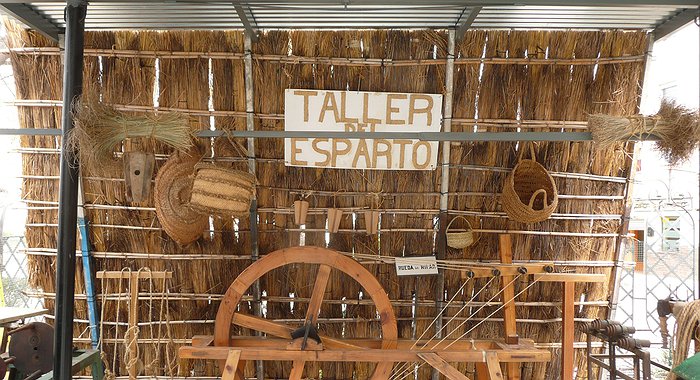
Thanks to the former workers of esparto grass, a fundamental industry for centuries for the development of the local economy, they have made several esparto grass workshops. There are several machines recovered from oblivion, which can still be used, where these esparto grass masters teach us the reality of this art that allowed them to survive.
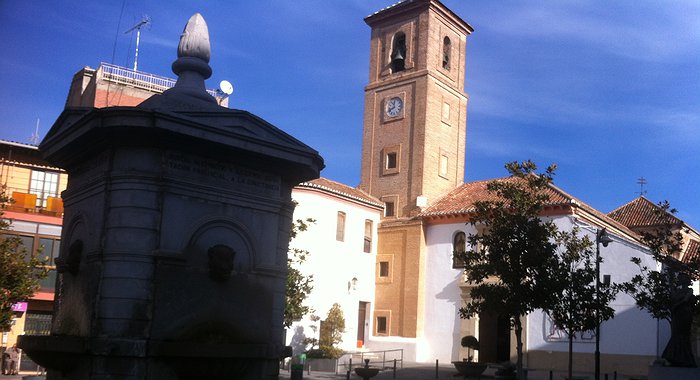
It was built on the old cemetery, adjacent to the church. The church of Durcal was also built by Juan Fernández in 1546, although this temple has undergone many transformations throughout its history. From its primitive construction only the armour of the central nave remains, made of simple files with ten paired braces with eight-pointed ribbons on corbels of inverted Mannerist design. The armour loses its feet towards the main chapel, which presupposes the existence of an arch that would separate the main altar. It currently has a transept and three naves separated by semicircular arches on pillars.
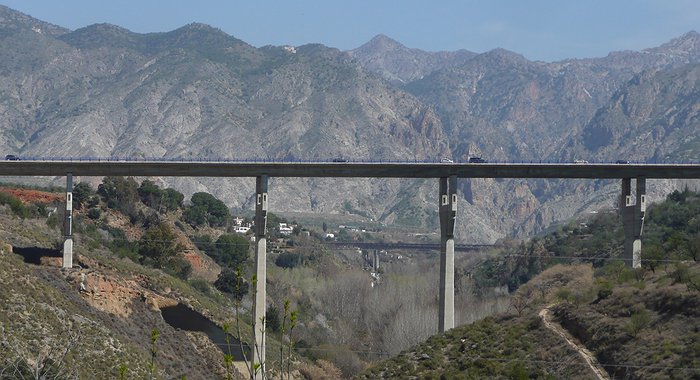
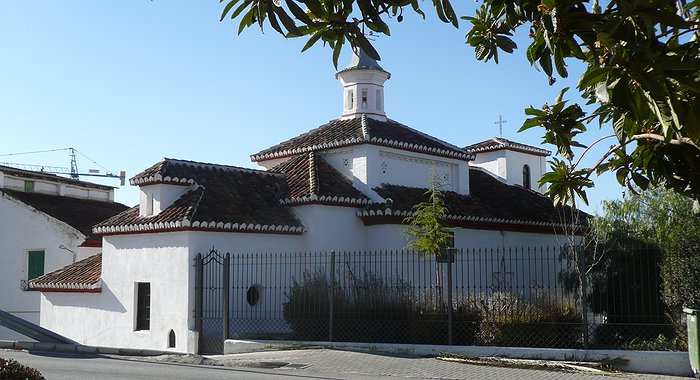
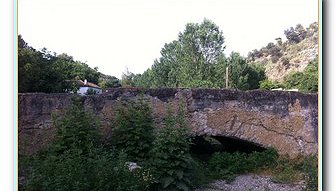
It represents one of the basic steps in the knowledge of the technology of passage: it is a massive structure built with the material that very commun at the time: stone (with all its limitations: it can only withstand compression, impossible to mould, etc.). It has a single span with little light (impossible to determine as it is half-buried by the sediments dragged by the river) and it has an undetermined origin (in the village it is said to be Roman, although the manufacture may indicate that it is Muslim and was built as a communication route to the Alpujarra).
It is very pearly, with large walls built in stone factory joined with some kind of mortar. This characteristic, as well as its curious profile and the fact that the river no longer passes underneath (the bed runs about 3 metres to the right) are its most outstanding features.
If it is located downstream of the other three bridges, at the bottom of the ravine, and is not visible except from the voussoir bridge.
